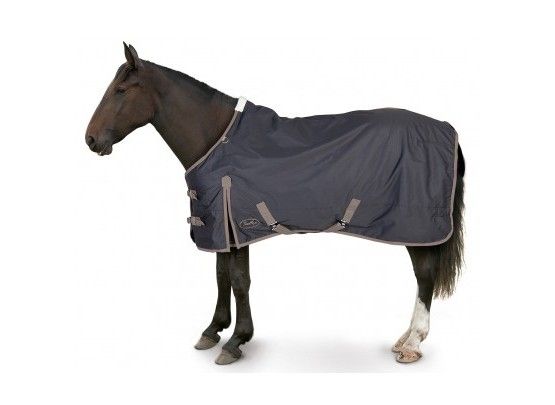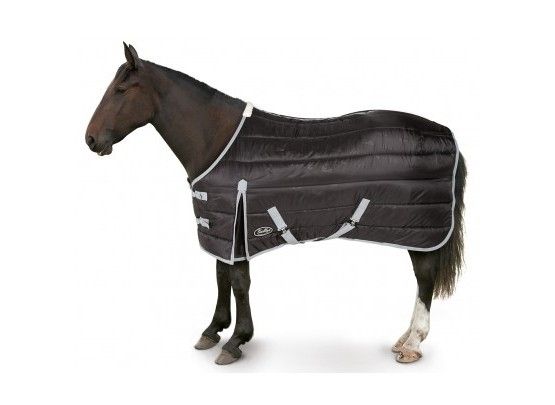Going clothes shopping for your horse sounds a bit odd, but in truth it’s a rather fun undertaking. However that enjoyment should not make you dismiss the need for proper sizing. If a horse rug isn’t the right size for your animal, it can cause irritation around the shoulders and wither, and can become a safety hazard if its too large.
This guide to buying the correct horse rug will ensure you land a perfect fit with your purchase.
#1. Measuring Your Horse
Using a tape measure (the most ideal device, though if you don’t have one a piece of rope or string will suffice), record the length between the centre of your horse’s chest, and go horizontally to where you want the rug to finish.
Once you have the measurement, you need to pick a size from the range available. Problem is, these sizes are hardly ever exact. Many horses have features (a lean build, high wither) which can make certain more pressure points more vulnerable. During the end of Winter/beginning of Spring, horses will grow out a thicker coat, which can rub vigorously against the rug. Furthermore, some horses simply have more sensitive coats, and might prefer a lighter rug.
In all these cases, you need to make a judgement call. Even once you’ve bought and fitted your horse’s rug, stay vigilant, and look out for rub marks on the shoulders, or rubbing on the chest area.
#2. Types of Horse Rug
Horse rugs come in many different styles, some of which you’ll find detailed below:
- Turnout Rugs - the standard, detachable rug. This all-in-one item is designed to keep your horse dry, as well as protected from pesky flies and nasty bites. These rugs come in different thicknesses; medium weight for Spring, Autumn and Winter, light rugs for use only in the summer, and heavy weight rugs for freezing temperatures.

- Stable Rugs - These are designed to keep the horse warm while stabled. They are not waterproof, and aren’t made for outdoor use. Stable rugs are usually manufactured from padded or synthetic material, and like turnout rugs, they are available in different thicknesses/weights to match the seasons.

- Exercise Rugs - These are worn during riding, and are also called quarter sheets because they cover a horse's hindquarters. They keep a horse's back and hind end warm during cold weather workouts. It can be used throughout a ride depending on a combination of a horse's physical condition, whether he is clipped, how hard he is working and the temperature.
- Under Rugs - These are essentially under blankets and liners, which are perfect for adding extra layering during the colder months. They can be used to convert a standard turnout into a heavy weight, by layering underneath.